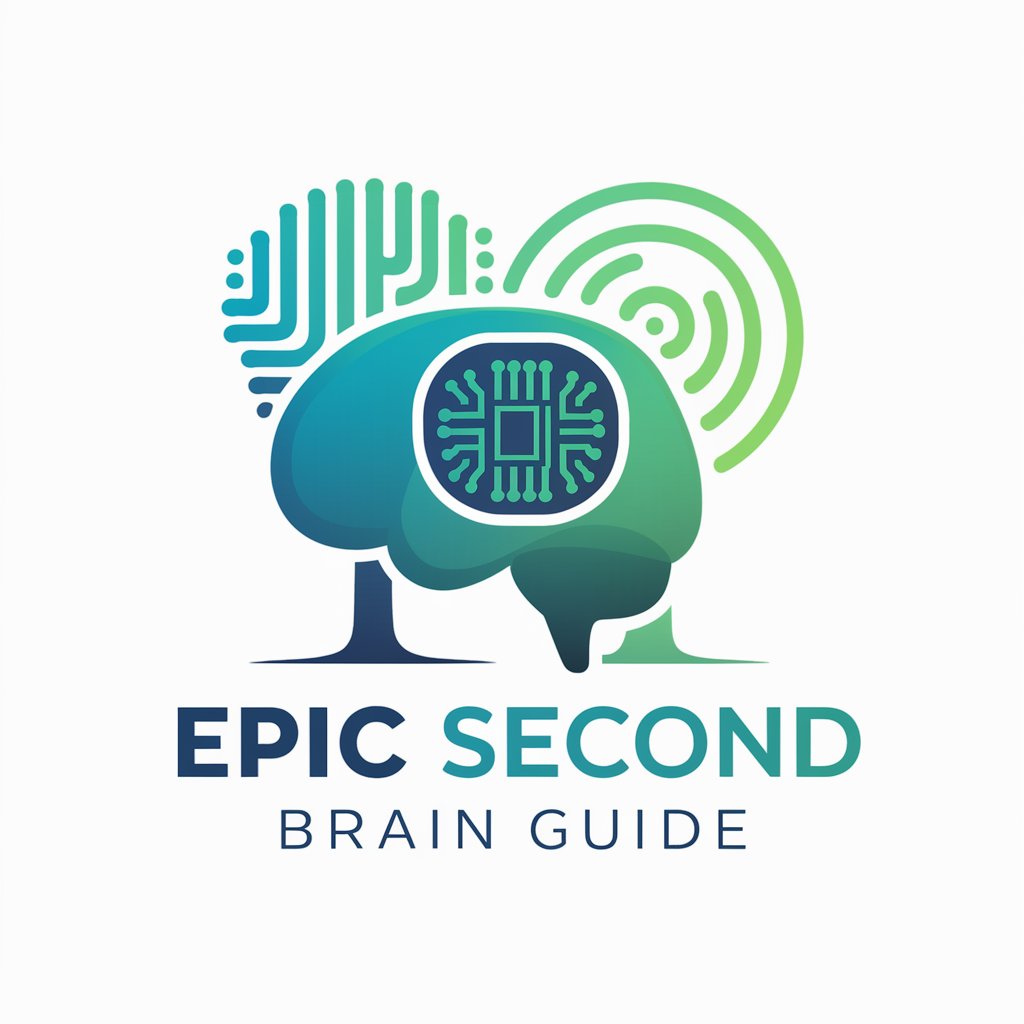Systematic Review - AI-Powered Systematic Review Tool

Welcome! Let's dive into your research articles.
AI-driven insights for systematic reviews.
Analyze the research article focusing on...
Generate a table summarizing the study with columns for...
Identify the research method and instruments used in...
Summarize the participant profile and sampling technique for...
Get Embed Code
Introduction to Systematic Review
Systematic Review is a specialized tool designed to analyze research articles systematically. It functions by extracting key information from research articles and organizing it into structured tables for easy reference and analysis. The primary purpose of Systematic Review is to assist users in synthesizing and understanding large volumes of research literature efficiently. For example, if a user wants to conduct a meta-analysis on a specific topic, they can upload relevant research articles to Systematic Review, which will then extract relevant data such as research methods, participant profiles, sample sizes, and data analysis methods from each article. This allows the user to compare and contrast different studies and draw meaningful conclusions. Powered by ChatGPT-4o。

Main Functions of Systematic Review
Data Extraction
Example
Extracting key information from research articles.
Scenario
When a user uploads multiple research articles to Systematic Review, the tool automatically extracts relevant data points such as research methods, participant profiles, sample sizes, and data analysis methods from each article, creating a structured database for analysis.
Table Creation
Example
Generating structured tables summarizing extracted data.
Scenario
After extracting data from research articles, Systematic Review organizes this information into structured tables, allowing users to easily compare and analyze different studies side by side.
Analysis Support
Example
Assisting users in synthesizing and understanding research literature.
Scenario
Systematic Review provides analytical support by helping users identify patterns, trends, and inconsistencies across multiple studies, enabling them to make informed decisions and draw meaningful conclusions.
Ideal Users of Systematic Review
Researchers
Researchers conducting literature reviews, meta-analyses, or systematic reviews can benefit from Systematic Review by efficiently extracting and organizing data from a large number of research articles. It helps them synthesize existing research and identify gaps in the literature, ultimately enhancing the quality of their own research.
Academic Institutions
Academic institutions, including universities and research organizations, can use Systematic Review to streamline the process of conducting literature reviews and meta-analyses. By automating data extraction and organization, Systematic Review saves time and resources, allowing institutions to focus on generating new knowledge and insights.
Policy Makers
Policy makers and government agencies can leverage Systematic Review to inform evidence-based decision-making. By synthesizing and analyzing research literature on specific topics or issues, Systematic Review provides policy makers with valuable insights and recommendations, facilitating the development of effective policies and interventions.

Guidelines for Using Systematic Review
1
Visit yeschat.ai for a free trial without login, no need for ChatGPT Plus.
2
Familiarize yourself with the available features and how they can assist in systematic reviews.
3
Identify the specific systematic review tasks that the tool can assist with, such as data extraction or article summarization.
4
Upload your research articles to the tool, ensuring they're in a compatible format.
5
Use the tool's analysis features to generate systematic review summaries, tables, and insights efficiently.
Try other advanced and practical GPTs
Odoo Expert
Unlock business potential with AI-powered management

Epic Second Brain Guide
Empower Your Knowledge with AI

Bitcoin Maximalist
Unleash Bitcoin wisdom with AI expertise.

Chemistry Solver Pro
AI-powered Chemistry Solver Pro

GPeeT
Spell-Dumbify-Laugh: AI-Powered Dumbness Galore!

ARM Assembly Expert
Empower Your ARM Assembly Programming with AI

Policy Analyst Pro
Empowering Policy Analysis with AI Insights

Retirement Planner
Plan Your Retirement with AI-Powered Assistance

Immobilien-Expose GPT
AI-Powered Property Descriptions

Tone of Voice Analyzer
Unlock Your Writing Style with AI Insights

Felix V1
Empowering Creative and Analytical Conversations

Creative Storysmith
Unleash Your Creativity with AI Storytelling

FAQs about Systematic Review
How does Systematic Review assist in academic research?
It helps by analyzing and summarizing research articles, creating structured tables, and extracting relevant insights for systematic reviews.
What data formats are supported for uploads?
Systematic Review supports a range of common document formats like PDF, DOCX, and TXT.
How user-friendly is the tool for beginners?
The tool is designed to be intuitive, with simple steps for uploading documents and generating analysis outputs.
Can the tool handle large datasets for analysis?
Yes, it is optimized to efficiently process and analyze large research datasets to assist with systematic reviews.
Does the tool offer customizability for different research needs?
Yes, users can customize the analysis criteria to suit specific systematic review requirements.
